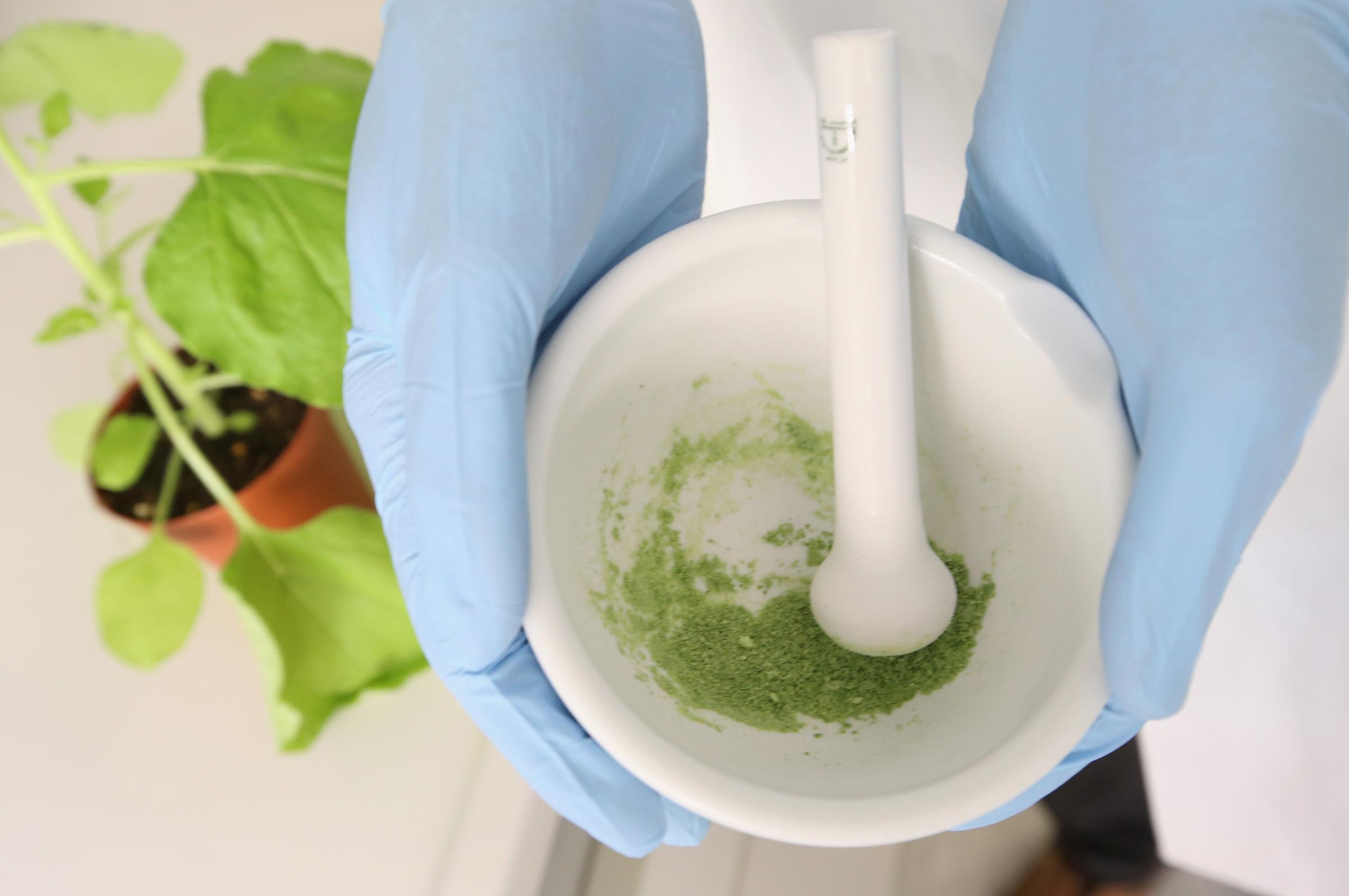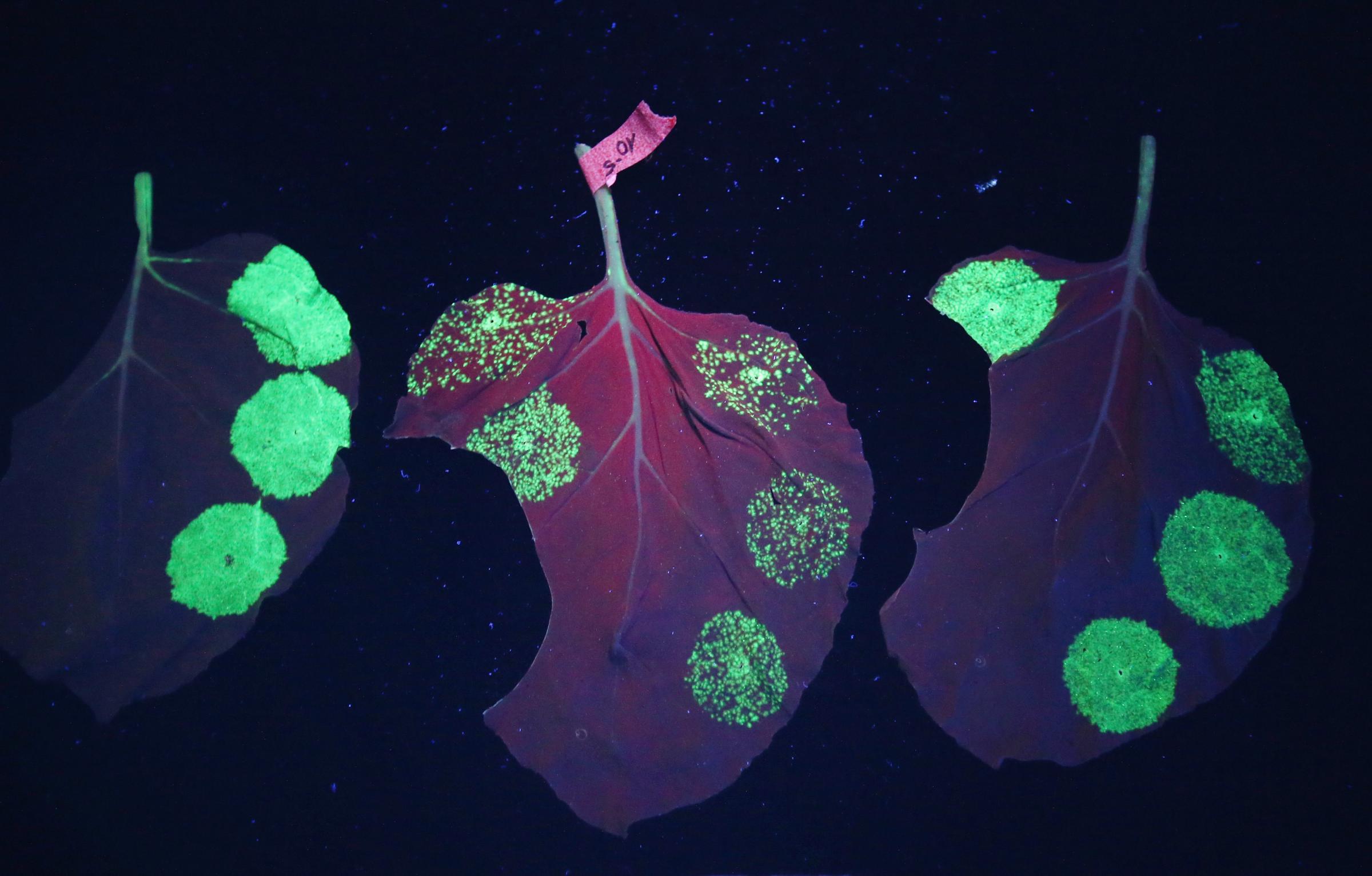New York Mayor Bill de Blasio reassured residents Friday that the city is prepared to treat Ebola patients and is not at risk of a widespread Ebola outbreak, as health officials worked to clear anyone who may have come into contact with the city’s first patient.
“New Yorkers who have not been exposed to an infected person’s bodily fluids are simply not at risk,” said DeBlasio at a Friday press conference. “We’ve had clear and strong protocols from the beginning, and they have been followed to the letter.”
Health officials are currently contacting everyone Ebola patient Craig Spencer may have come into contact with since Tuesday morning “in an abundance of caution,” according to New York City Health Commissioner Mary Travis Bassett. Spencer, a doctor who returned from Guinea on Oct. 17, was diagnosed with Ebola Thursday.
Spencer’s fiancee, along with two friends, has been quarantined and restricted from public spaces. Gutter and Blue Bottle, a bowling alley and coffee shop visited by the patient, have been cleared and reopened, and a third establishment, the Meatball Shop, is closed temporarily but is expected to be cleared.
See The Tobacco Leaves That Could Cure Ebola






A Metropolitan Transportation Authority official told TIME that the city’s subway system is safe to ride, but noted that protocols had been updated to ensure safe handling of any potentially infectious waste. Spencer reportedly rode the subway from his home in Harlem to Brooklyn Wednesday.
Spencer is being treated in an isolation unit at New York’s Bellevue Hospital. He is in stable condition and communicating with friends via cell phone, officials said.
–additional reporting by Alice Park
More Must-Reads From TIME
- The 100 Most Influential People of 2024
- How Far Trump Would Go
- Scenes From Pro-Palestinian Encampments Across U.S. Universities
- Saving Seconds Is Better Than Hours
- Why Your Breakfast Should Start with a Vegetable
- 6 Compliments That Land Every Time
- Welcome to the Golden Age of Ryan Gosling
- Want Weekly Recs on What to Watch, Read, and More? Sign Up for Worth Your Time
Write to Justin Worland at justin.worland@time.com